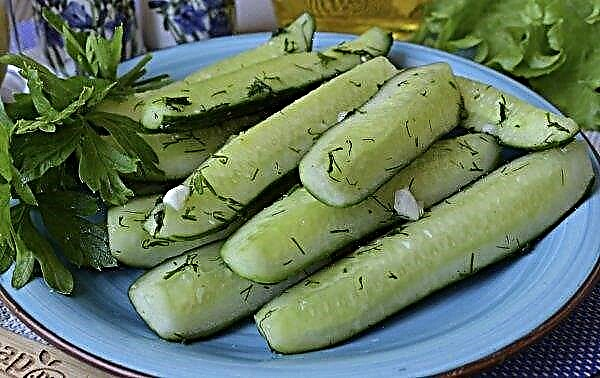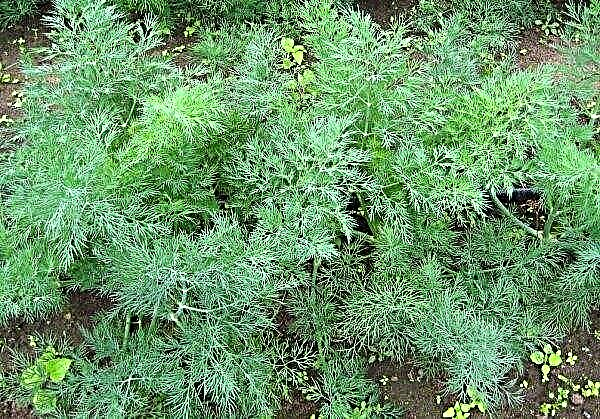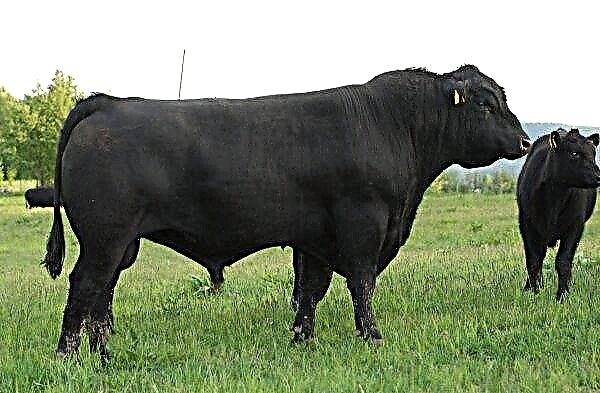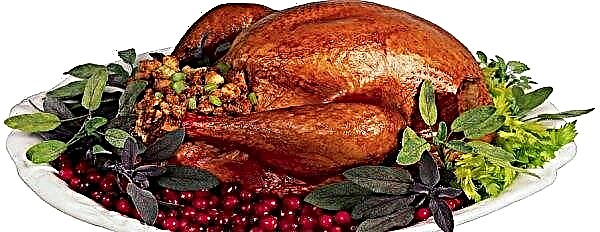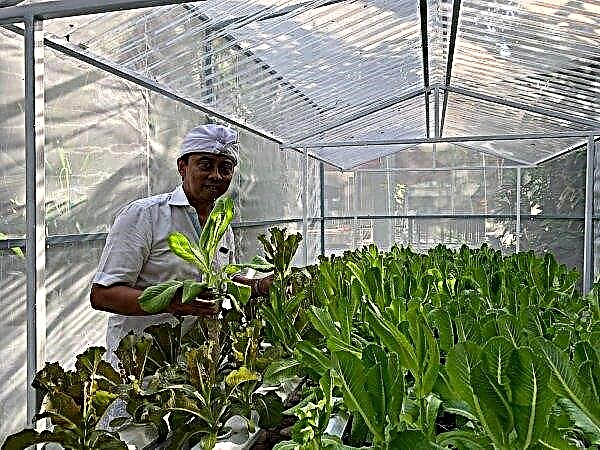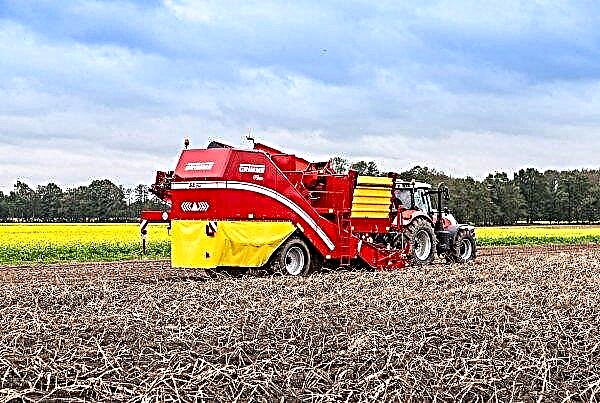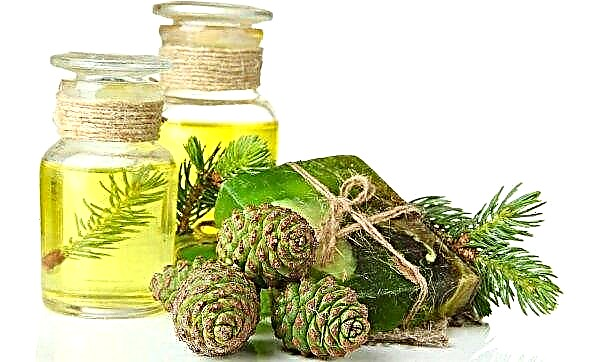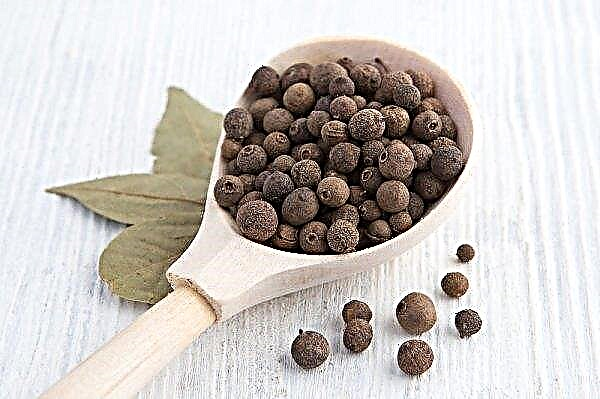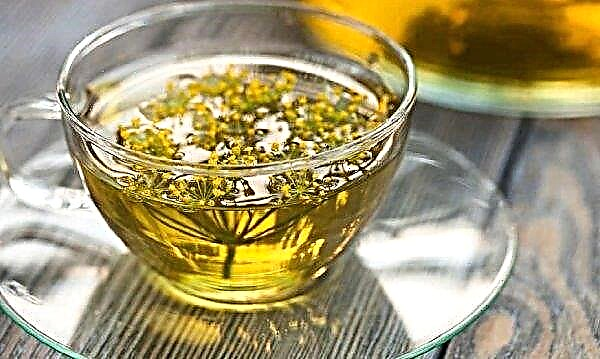Among the serious diseases of cabbage that can destroy almost the entire crop, bacteriosis is often found. It is able to infect plants from seedlings to head-headed, reducing their commercial and nutritional value. What are the causes of this disease, the main signs and methods of control, are described in the review.
Symptoms of the disease
The main symptoms of a bacterial disease are: slowdown in the growth and development of plants. With a severe defeat, young bushes die. A long period with high humidity and air temperature of +20 ... + 24 ° C promotes the growth of harmful bacteria.
Important! Bacteriosis affects any variety of cabbage at all stages of plant development, as well as during storage of the crop.
The main types of cabbage bacteriosis
The most common varieties of bacterial disease of cabbage are mucous and vascular. They arise under the influence of bacteria and slightly differ from each other in symptoms.
Slimy
Another name for this disease is wet bacterial rot. It can occur at any stage of plant development.
He is characterized by such signs:
- a specific putrefactive odor appears;
- leaves rot and fall off;
- rot appears as mucus;
- a head of cabbage acquires a beige color and softens, with time it separates from the stump and falls off.

Vascular
Vascular (black bacterial rot) may appear within 2-3 weeks after planting seedlings in open ground and manifested as follows:
- the edges of the leaves begin to turn yellow;
- in the future, yellowness goes to the middle of the leaf;
- it becomes darker, and later veins turn black, forming an expanding grid;
- plants slow down in growth;
- leaves feel like parchment;
- in the early stages, heads of cabbage do not form or form small, deformed;
- when the fork is cut, a darkening of the vascular ring is visible.

How does the disease develop?
The main sources of the disease are: contaminated soil, unrefined plant debris and seeds. The causative agent can remain in them for 2-3 years. The infection spreads during irrigation, rains, with dust, through agricultural equipment, animals or insects. The pathogen enters the plant through stomata or minor damage. Then the bacteria invade the stump. At low temperatures, it is almost impossible to notice the source of infection. But when heat is established, the disease does not even appear outwardly healthy plantings. Even more difficult to see the disease in the middle of the head of cabbage, it can be detected only when cut.
Did you know? Marigold planted next to cabbage will protect it from the harmful effects of many pests and insects.
Ways to combat the disease folk remedies
Very often, gardeners, in order to combat bacterial disease, seek help from folk remedies prepared at home.
Here are some of them.
- Against vascular bacteriosis, you can apply a solution of 15 drops of "Brilliant Green" diluted in a bucket of water and spray them with plants.

- To avoid vascular bacteriosis, you need 25 g of chopped garlic, pour 1/2 cup of water, mix and soak the seeds of cabbage for 1 hour. Then rinse the seed with clean water and dry.
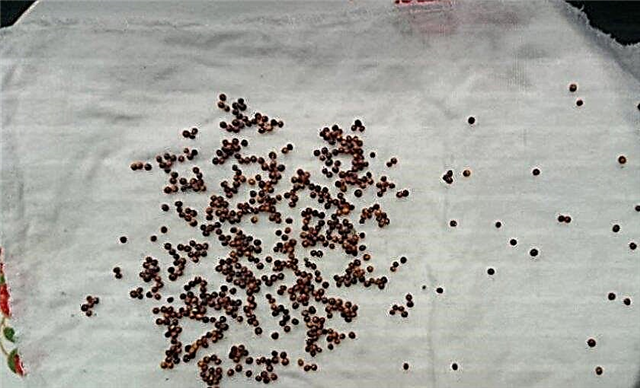
- From mucous bacteriosis, dusting of growing vegetables with wood ash will help.

How to protect cabbage from bacteriosis
To prevent the appearance of this disease, it is necessary to adhere to a complex of preventive measures, which include:
- observe crop rotation, which means that cabbage can be planted in the same place only after 3-4 years;
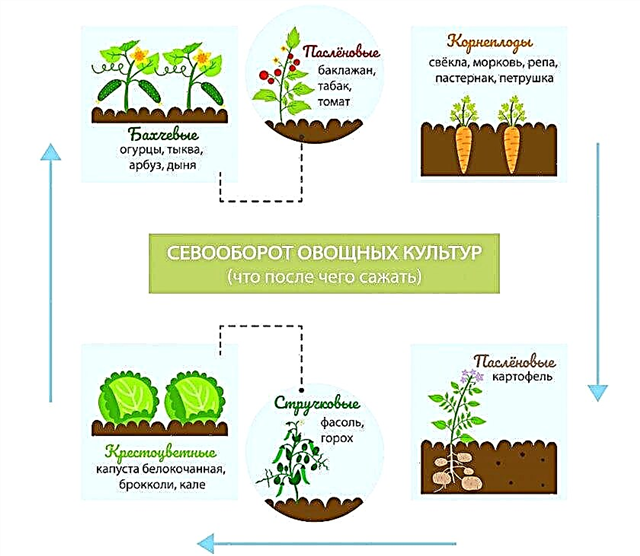
- select disease resistant varieties;
- buy processed seed;
- carefully remove weed beds after harvest, destroying all plant debris and other debris;
- digging the soil deep;
- avoid areas with stagnation of water in the soil;

- treat young plants with copper-containing preparations (vitriol);
- introduce potassium-containing fertilizers into the ground (wood ash, potassium nitrate, potassium sulfate);
- Do not apply large amounts of nitrogenous fertilizers;
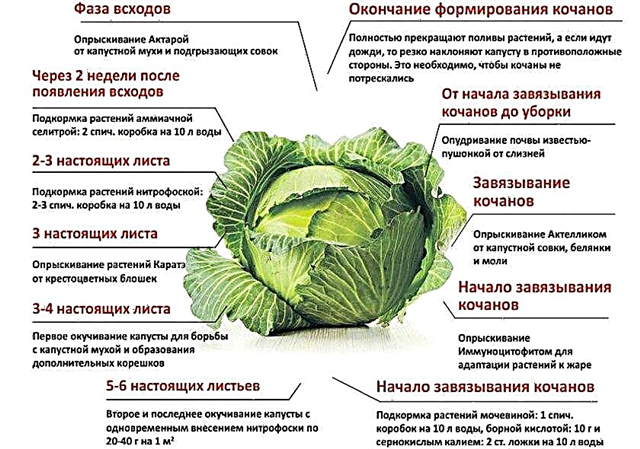
- sort seedlings, rejecting weak and diseased plants;
- fight pests and insects, which, plus everything else, transmit the infection;
- to collect and store the crop in time without damaging it.
Important! Mucosal bacteriosis still occurs as a result of excessive administration of nitrogen fertilizers.
Varieties of cabbage resistant to vascular bacteriosis
Among the varieties white cabbageimmune to bacterial disease are the following: Dietmarscher Frewer, Crumont F1, Snow White, Turkiz, Moscow Late, Blizzard, Malachite, Judge, Kolobok F1, etc.
To grades Beijinghaving immunity against bacteriosis include: Richie F1, Tenderness F1, Northern Beauty F1. Varieties colorresistant to vascular bacteriosis: Warranty, Flora Blanca, Express MS. Of varieties broccoli not afraid of bacteriosis Monaco F1 variety.
Tips from experienced gardeners
Following the advice of professional gardeners, it is necessary to constantly carry out measures aimed at preventing the appearance of a bacterial disease. Ensure proper care during the cultivation of cabbage seedlings and after planting it in open ground. Choose the most suitable places for beds, carry out regular watering, the necessary fertilizing, loosening the soil, removing weeds, etc.
Bacteriosis is one of the very dangerous bacterial diseases that can destroy the entire cabbage crop, the causative agent of which can remain active for a long time.. But if you follow all the necessary preventive actions, then you can significantly reduce the risk of the occurrence and spread of this disease.
Did you know? After scientists discovered an antiulcer substance (vitamin U) in cabbage, it was officially introduced into scientific medicine.







